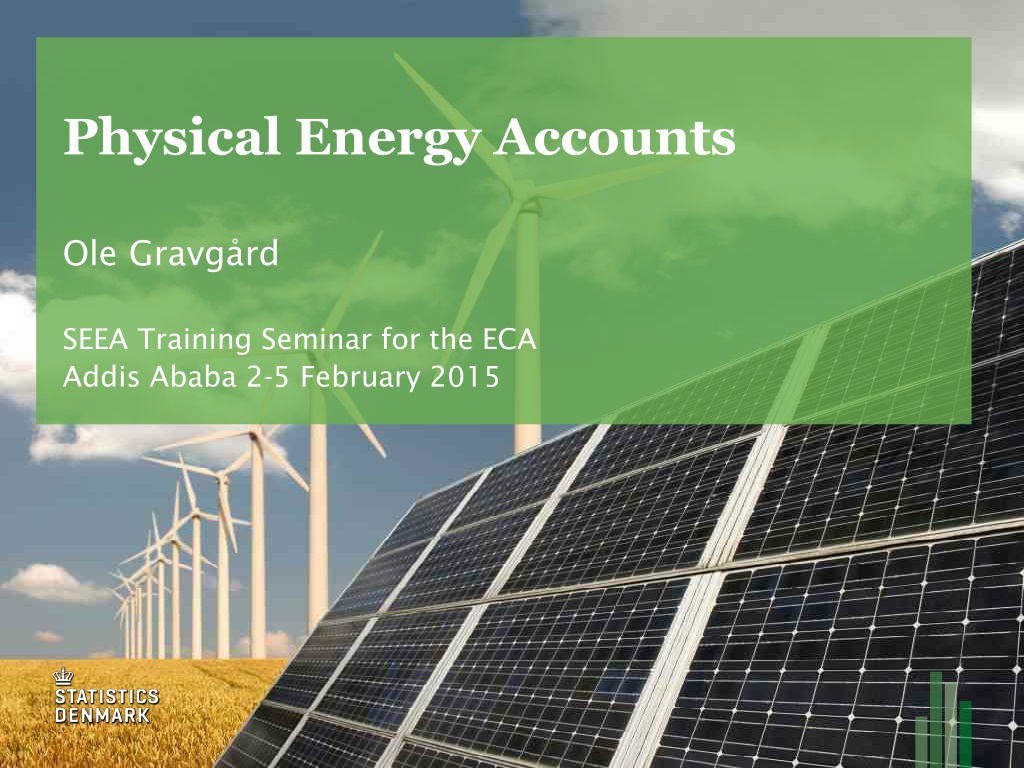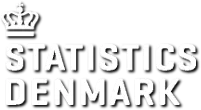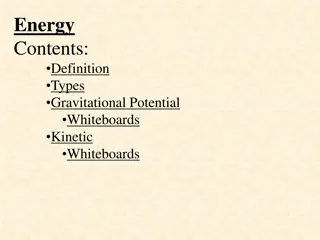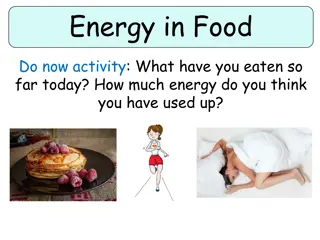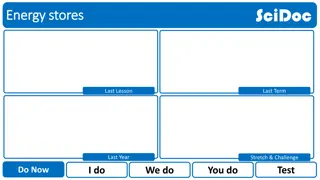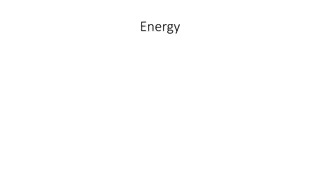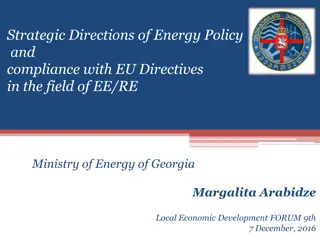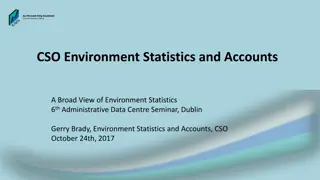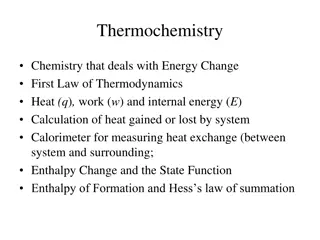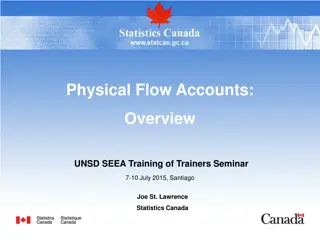Physical Energy Accounts and SEEA for Economic Analysis
Physical Energy Accounts play a crucial role in analyzing energy use in the economy and its impact on the environment. The System of Environmental-Economic Accounting (SEEA) provides a methodology for describing energy flow using national accounts frameworks, including supply-use tables and asset accounts. This involves measuring energy extraction, transactions within the economy, and losses back to the environment, using units like Joules. Natural energy resources, energy products, classifications, and supply tables further aid in understanding energy dynamics.
Download Presentation

Please find below an Image/Link to download the presentation.
The content on the website is provided AS IS for your information and personal use only. It may not be sold, licensed, or shared on other websites without obtaining consent from the author.If you encounter any issues during the download, it is possible that the publisher has removed the file from their server.
You are allowed to download the files provided on this website for personal or commercial use, subject to the condition that they are used lawfully. All files are the property of their respective owners.
The content on the website is provided AS IS for your information and personal use only. It may not be sold, licensed, or shared on other websites without obtaining consent from the author.
E N D
Presentation Transcript
Physical Energy Accounts Ole Gravg rd SEEA Training Seminar for the ECA Addis Ababa 2-5 February 2015
SEEA and Energy Includes various accounts relevant for describing and analysing the role of energy in the economy and the links to the environment Methodology based on national accounts definitions and framework Supply-use tables and balancing (supply = use) Asset accounts (opening stock + changes = closing stock) Physical and monetary Residence principle in stead of territory principle Same classifications as used in the national accounts, e.g. ISIC
Purpose of the physical energy flow accounts Describe Extraction and capture of energy from environment Transaction of energy within the economy The losses of energy and residual flows back to the environment Measurement unit: In principle all natural units can be used (depending on purpose) Tonnes, cubic metres, litres, but most often practical to use a common unit like Joules 3
Natural energy resources Nuclear fuels Fuel wood 4
Energy products: SIEC Standard International Energy Classification Part of the International recommendations for Energy Statistics http://unstats.un.org/unsd/statcom/doc11/BG-IRES.pdf Also recommended for the SEEA energy Accounts No one-to-one relationship between CPC and SIEC 6
Energy Residuals Energy Energy residuals residuals - - weight weight Energy Energy residuals residuals, Joules , Joules Losses of energy during - extraction - distribution - storage - transformation - others (= end use of energy - by industries and households) 7
SUPPLY table for energy - JOULES I NATURAL INPUTS 8
SUPPLY table for energy - JOULES II PRODUCTS AND RESIDUALS 9
USE table for energy - JOULES I NATURAL INPUTS and PRODUCTS 10
USE table for energy - JOULES II PRODUCTS (cont d) and RESIDUALS 11
Various balances in the supply and use tables must apply Balances for energy : Supply of products=use of products Supply of natural inputs=use of natural inputs Supply of residuals=use of residuals Total supply = total use Balances for industries and households: Total inputs must equal total outputs + Net additions to stocks (accumulation) 12
Implementation in countries The SEEA Central Framework tables are generic: Not all items are relevant for all countries In some cases it is useful with more details You need to decide what is most relevant and where to start Start with what is available and focus on the elephants not the mices 13
Sources, etc. for the energy accounts Energy statistics Energy balances Foreign trade statistics Production statistics Agricultural/forestry statistics, etc. Monetary data and unit prices Often necessary to make estimations and assumptions Note that defintions and borderlines may be different in different statistical sources 14
Physical units Physical and monetary units Basic Energy Statistics Statistics on crude oil Energy Balances Energy Accounts Economy as described in the national accounts Geographic area Statistics on natural gas Statistics on oil products Statistics on electricity Energy statistics put together on standardised form Production and consumption Territory principle Detailed description of the energy sector Transport treated as individual sector Other sources The basis is the energy balances Complemented with data on international transportation etc Information on prices and values Supply always equals the use National accounts concepts Residence principle No statistical discrepancies Statistics on biomass Etc. Energy statistics serves different purposes and are presented in different ways International transportation between third countries Prices and values Etc 15
Other publications that are useful for energy accounting International Recommendations for Energy Statistics (IRES) Adopted by the United Nations Statistical Commission, in 2011. Complete set of recommendations covering all aspects of the statistical production process framework, from basic concepts, definitions and classifications to data sources, data compilation strategies, energy balances, data quality and statistical dissemination. 16
SEEA Energy SEEA-Energy, a SEEA 'sub-system', is under development to provide compilers and analysts with agreed concepts, definitions, classifications, tables, and accounts for energy and energy-related air emission accounts. SEEA-Energy elaborates and expands the guidance on accounting included in the IRES and is fully coherent with the broader SEEA. 18
